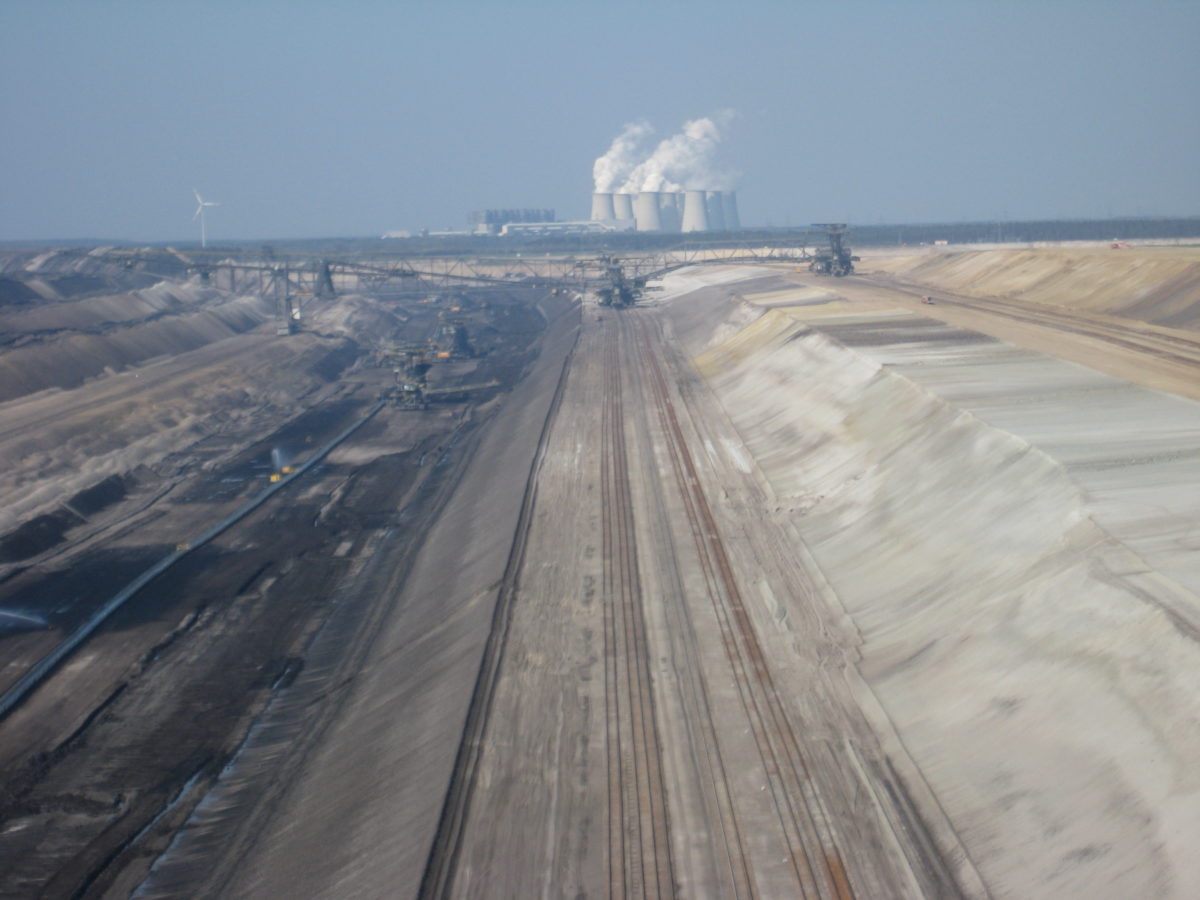Europe’s coal regions in transition (CRiT) boast 730.3 GW of photovoltaic potential, which could result in 874.3 TWh of production if tapped properly, whereas the generation capacity from the hard coal and lignite power plants operational in the EU had a total power capacity of just 152.5 GW in February 2019.
Thereby, installing PV systems at scale in coal regions of Europe could outperform the old model of power generation. This is according to the findings of a new report published by the Joint Research Centre (JRC) of the European Commission titled Solar Photovoltaic Electricity Generation: A Lifeline for the European Coal Regions in Transition.
There are 248 coal fired power stations in the 21 EU member states, which generate approximately one quarter of the EU’s power production, at 692 TWh, in 2016. Within the EU, a total of 14 states have committed to transition from coal to clean energy under the Powering Past Coal initiative which launched at COP 23.
The researchers examined the potential for PV production and installations in the 42 regions across 12 EU member states, where coal is still mined. The researchers modeled available land in the different geographic regions to analyze available technical potential on a Nomenclature of Territorial Units for Statistics (NUTS) level NUTS-2. The team identified 405 open-pit coal mines in the regions spanning across 12 member states in question.
Using digital terrain analysis, with a spatial resolution of 25 m, the team considered slope inclinations and azimuth faces to determine whether a mining surface was potentially suitable for PV system installation. The regions suitable mining pit areas measured at 910.6 km² to offer a potential of 62.2 GW with an estimated production output of 72.2 TWh. Additionally, the team considered the overall land area in the region, identifying that about 3% of this area would be suitable for ground mount PV installations. This amounted to a total of 580.1 GW with 704.8 TWh production output. A full utilization of suitable rooftop area for PV would allow for the installation of 88 GW, with 97 TWh production output. Cumulatively, the three considered areas would come in at slightly more than what coal and lignite currently produce in these regions.
The research team further pointed out that with increased rooftop generation, production and consumption are spatially better aligned which will likely become more important as space heating and transportation are increasingly electrified, and grid constraints can thus be somewhat circumvented. The JRC adds that to utilize this power potential fully, several flexibility options, and sufficient storage has to be installed.
Popular content
Jobs still in the region
One aspect which frequently comes up in the energy transition discussion is that of employment. In the EU, there are currently 180,000 people with full time equivalent employment in coal and lignite mining, with an additional 60,000 in the plants that fire the fuel, according to the JRC. For an outlook look into the new jobs of these regions, the researchers cited a USA Solar Census 2018 study, which asserts that about 0.17 full time work equivalents are needed per MW and year for operation and maintenance of PV. Taking the best-case scenario of 730 MW of installed capacity, this would translate to 124,000 jobs created. However, the team notes that with increasing automation, this number is likely to drop over the next decade.
In terms of installation jobs, photovoltaics projects require 3.5 full time equivalents per MW and year. The researchers calculated that if 580 GW of PV is installed alongside a gradual reduction of coal mining and firing over the next 15 years, the sector could support 135,000 construction jobs per year. The report says that an additional 50,000 jobs would result from the O&M obligations of the 580 GW of installed capacity, despite decreases in required workforce over time.
“Solar has enormous potential in coal regions in the EU, that can bring new industry, jobs, and clean, affordable energy to those affected by the decline of coal, ensuring no one is left behind,” commented Walburga Hemetsberger, CEO of SolarPower Europe. “Now, we look forward to continuing our work with the EU’s Platform on Coal Regions in Transition, where solar can play a major role in advancing a just energy transition for all.”
Such projects are still in their infancy, as of 2018, the JRC identified less than 2 GW of installed renewable capacity in abandoned mining sites, 37% of which was PV. The 18 MW solar plant adjacent to the lignite fired power plant in Visonta, Hungary, or the 50 MW Yangquan solar plants built atop a collapsed coal mine signify that the market is slowly testing the new grounds to continue to use these areas for power production.
This content is protected by copyright and may not be reused. If you want to cooperate with us and would like to reuse some of our content, please contact: editors@pv-magazine.com.



By submitting this form you agree to pv magazine using your data for the purposes of publishing your comment.
Your personal data will only be disclosed or otherwise transmitted to third parties for the purposes of spam filtering or if this is necessary for technical maintenance of the website. Any other transfer to third parties will not take place unless this is justified on the basis of applicable data protection regulations or if pv magazine is legally obliged to do so.
You may revoke this consent at any time with effect for the future, in which case your personal data will be deleted immediately. Otherwise, your data will be deleted if pv magazine has processed your request or the purpose of data storage is fulfilled.
Further information on data privacy can be found in our Data Protection Policy.